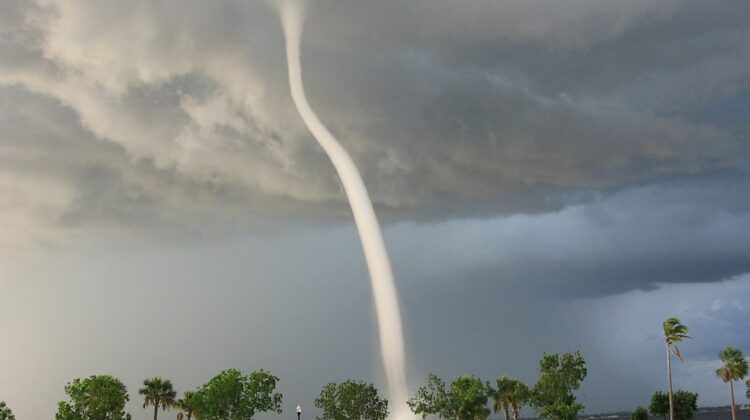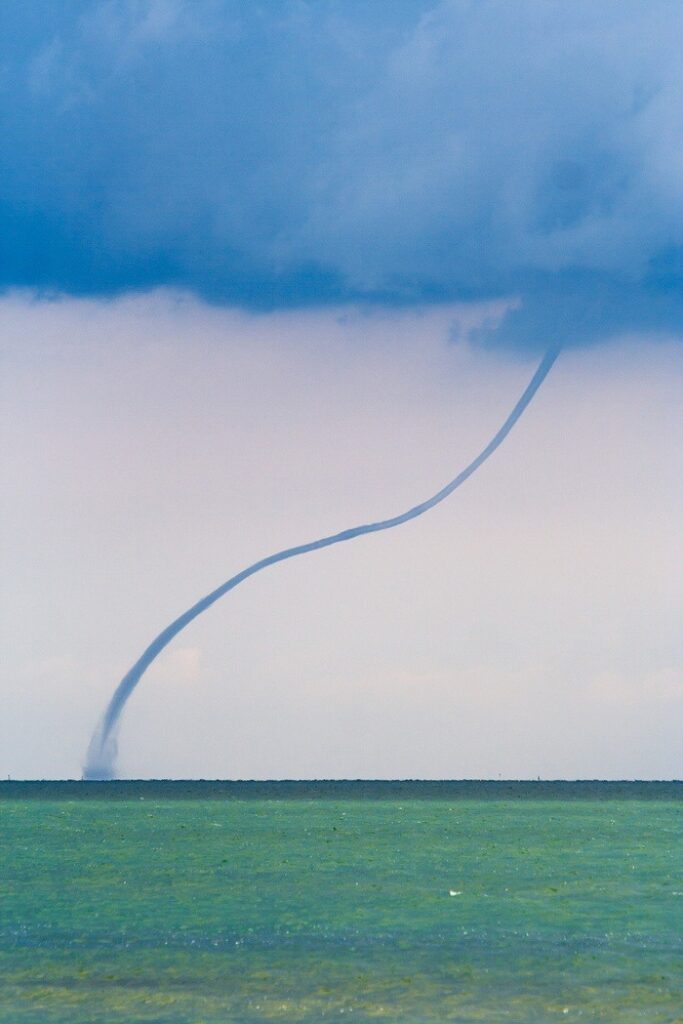
Waterspouts are essentially tornadoes that form over water. They are typically characterized by a swirling column of water and air that extends from the surface of the ocean up into the sky. Waterspouts are most commonly found in warm, humid climates, and they tend to form over bodies of water that are relatively calm or have only a gentle chop.

There are two main types of waterspouts: tornadic waterspouts and fair-weather waterspouts. Tornadic waterspouts are similar to traditional tornadoes in that they form from powerful thunderstorms and can be extremely destructive. Fair-weather waterspouts, on the other hand, tend to be less intense and form from weaker storm systems or even under clear skies.

Despite their potential for destruction, waterspouts are also often admired for their beauty. The swirling column of water and air can be truly mesmerizing to watch, especially when the sun is setting or rising and casts a warm glow over the scene. Waterspouts can also create stunning rainbows or double rainbows, adding to the already impressive visual display.
While waterspouts may be beautiful to watch from a distance, it’s important to remember that they can still pose a danger to ships or boats that are caught in their path. If you happen to spot a waterspout while you’re out at sea, it’s best to keep a safe distance and make sure that you’re prepared in case it gets too close.

Overall, waterspouts are a natural phenomenon that showcases the raw power and beauty of the world around us. While they can be dangerous, they also serve as a reminder of the incredible forces at work in our planet’s atmosphere and oceans, and they provide a breathtaking spectacle for those lucky enough to witness them.

Leave a Reply